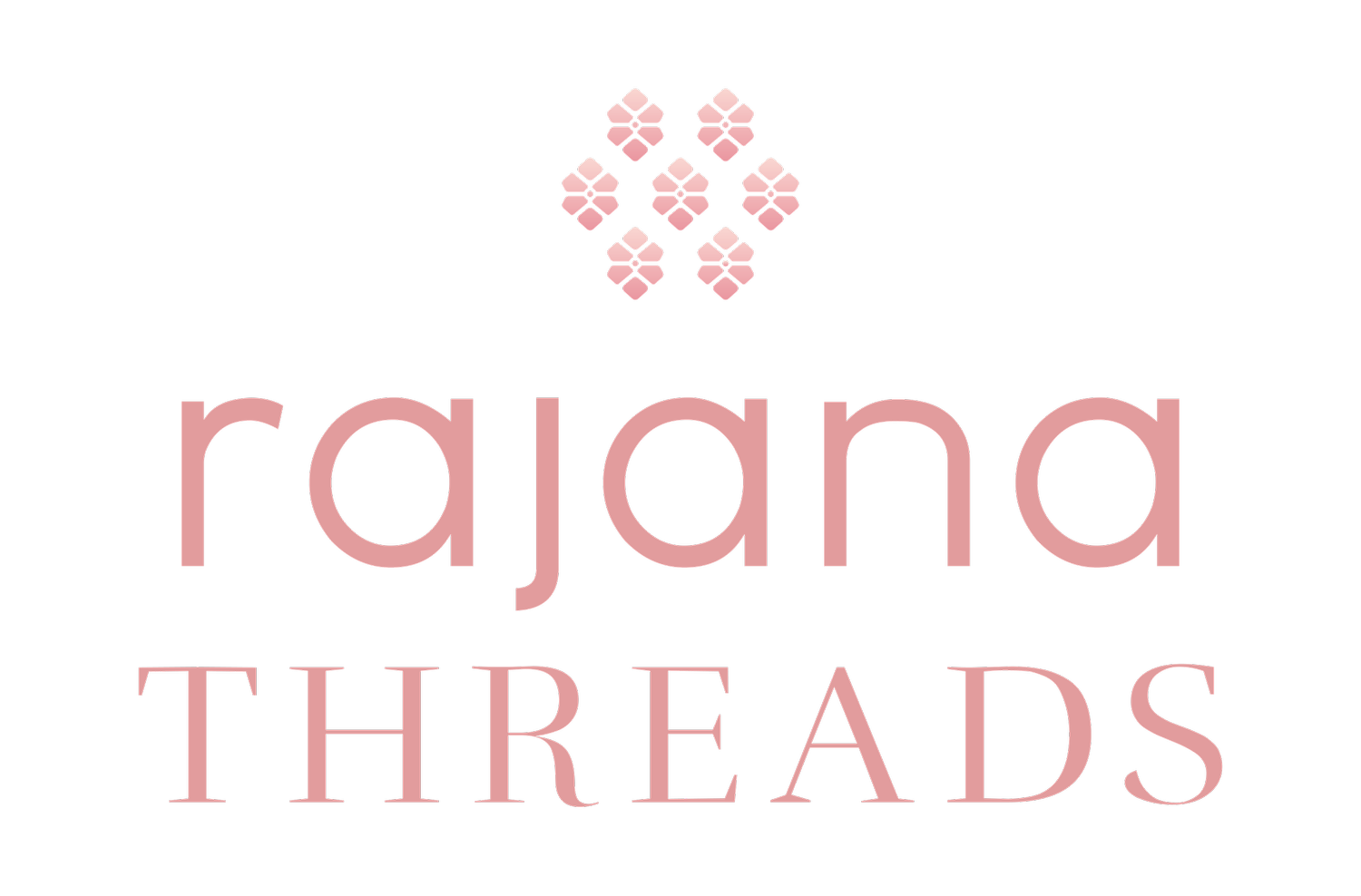
Types of Textiles
-

Krama
The Khmer krama is known for its gingham pattern and numerous color combinations. It is uniquely Khmer with exceptional versatility. The krama can be used and worn in many different ways. It has become ubiquitous with the Khmer people and a symbol of Cambodian pride.
Originally, the krama was a fabric that Khmer women wove themselves; our paternal grandmother was a krama weaver. They used to collect cotton (samley) that was then spread before being soaked in rice for 2-3 days. Parts of the threads were tinged in red before starting the weaving process.
This piece of fabric has accompanied Khmers throughout their history, becoming a legacy for generations, and still being worn today as scarves, clothes, and more.
Did you know the Khmer Rouge wore red kramas as part of their attire and thus became synonymous with the Khmer Rouge era?
-
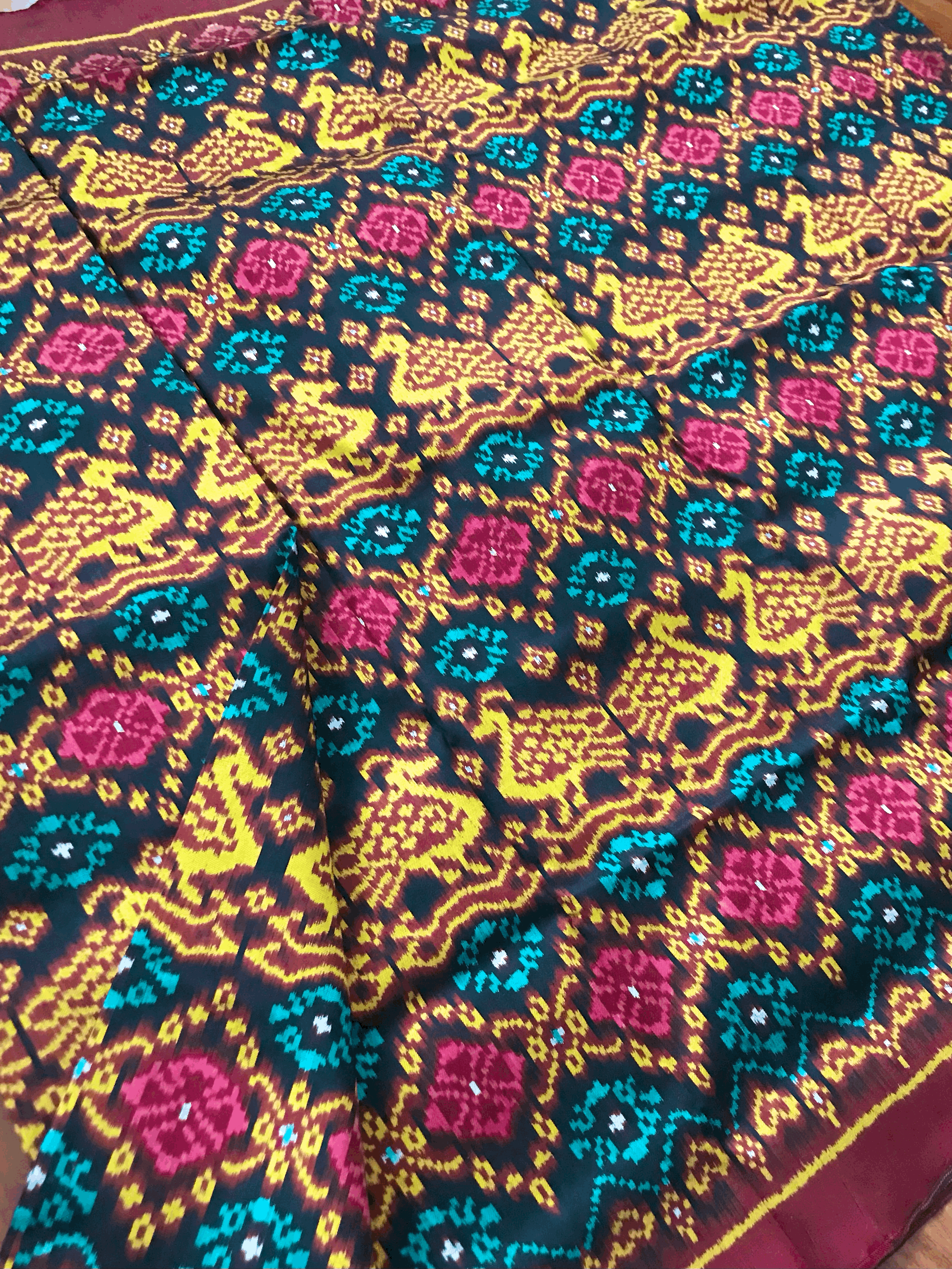
Houl (Silk Ikat)
Khmer Ikat, called houl in Khmer, has survived since the times of the Angkor era. This centuries-old tradition intertwines quality handicraft and Cambodia's unique natural environment. Colors used for dyes such as deep reds and indigos are derived from plants, insects, and specific wood materials.
Ikat is woven using a multi-shaft loom. It has an uneven twill, meaning the weft threads are more visible on the front side of the fabric. Ikat can be woven into a pidan - a wall hanging for religious ceremonies and purposes. They show various motifs, typically with Buddhist connotations such as temples, Apsaras, Buddha, elephants, lions, and Nagas.
Ikat textiles are worn by all genders. It has been said that weavers of the samput houl can have more than 200 motifs all memorized by hand. Because of its unique designs and weaving difficulties, it remains one of the most expensive and prized Cambodian textiles.
-

Houl Omboh (Cotton Ikat)
Cotton ikat is unique and is woven in various unique patterns. Post-war when sericulture came to a stall and silk became scarce, the Khmer people began weaving cotton using the same process and techniques as weaving houl (it perhaps was done before, but not to the extent that it seen today).
Cotton ikat is widely received and offers a more softer and versatile fabric. It is also more cost efficient to grow cotton than to produce silk. The cotton ikat is another way we see how Khmers have become truly resourceful and have ensured years of tradition and legacy to not be lost!
Houl weaving (both silk and cotton) can be found mainly in Takeo Province. With its quality and fine craftsmanship, it’s become highly prized and has somewhat become a symbol for Cambodia.
This fabric is perfect for loose, casual styles and hot summer days.
-
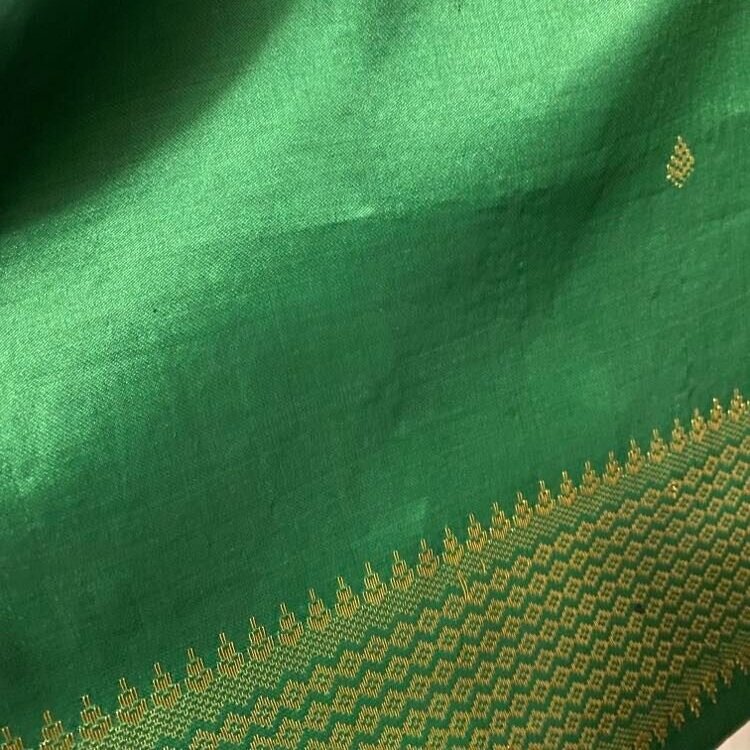
Pahmoung
A silk textile that comes either in plain color, patterns (partial or all over), brocade, or both. It is woven using multi-colored silks (and sometimes mainly gold or silver for the pattern or brocade) to achieve the look rather than a patterned and dyed process like the ikat.
Pahmoung is popular with the young and old especially during special ceremonies or holidays. This textile is woven in Kompong Cham and Kandal province.
Though it uses less weaving techniques, it is just as luxurious and beautiful. If you’re into old Khmer movies like we are, you’ll notice that women in these films don all colors of pahmoung - even the plain colored ones, showcasing its beauty and natural silky shine.
-

Seung
Seung Khmer is underrated! It's cotton or cotton mix (typically with polyester or nylon) woven fabric that is not only beautiful, but durable too because of it’s thickness! It’s durability allows you to wear and wash it without losing its shape and texture.
It comes in a variety of colors and unique patterns that mimics those of pahmoung and even all-over patterned houl (called seung houl). You will see that we use a lot of this fabric in our designs. It is a perfect introductory fabric to those new or just learning about the various Khmer textiles. Moreover, we love its feel, robustness, and variety of colors/patterns.
-

Sarong (Printed Batik)
Don't we all love the colorful, floral designs of the sarong?! With its diverse use and patterns, some of our designs - such as tote bags, accessories, and other items - are made using this fabric.
Sarong is by far the most affordable textile in Cambodia and widely worn throughout the country, particularly among farmers and villagers. We’re unsure of its exact origins and the Khmer patterns that were used, but we do know that they were produced in Phnom Penh before the war. Unfortunately, post-war, the sarong industry never recovered.
The sarongs found in the Cambodian markets today are imported from Thailand, Indonesia, and Malaysia. If there are Khmer sarongs being produced today, then we have yet to find them.
-

Chorabap
If you’ve ever seen Khmer classical dancers (or been to a traditional Khmer wedding), they are always dressed in chorabap! Chorabap is a thick textile woven out of colored silk with gold or silver metallic threads. It has many all over patterns utilizing diagonal and intricate motifs. Its weaving techniques are complex and difficult, using more foot pedals than those for houl, and as such, it is typically only worn for very special occasions. We don’t know if silk chorabap is still woven today as we’ve only come across cotton and cotton mix chorabap used for Khmer classical dancers and wedding attires.
-
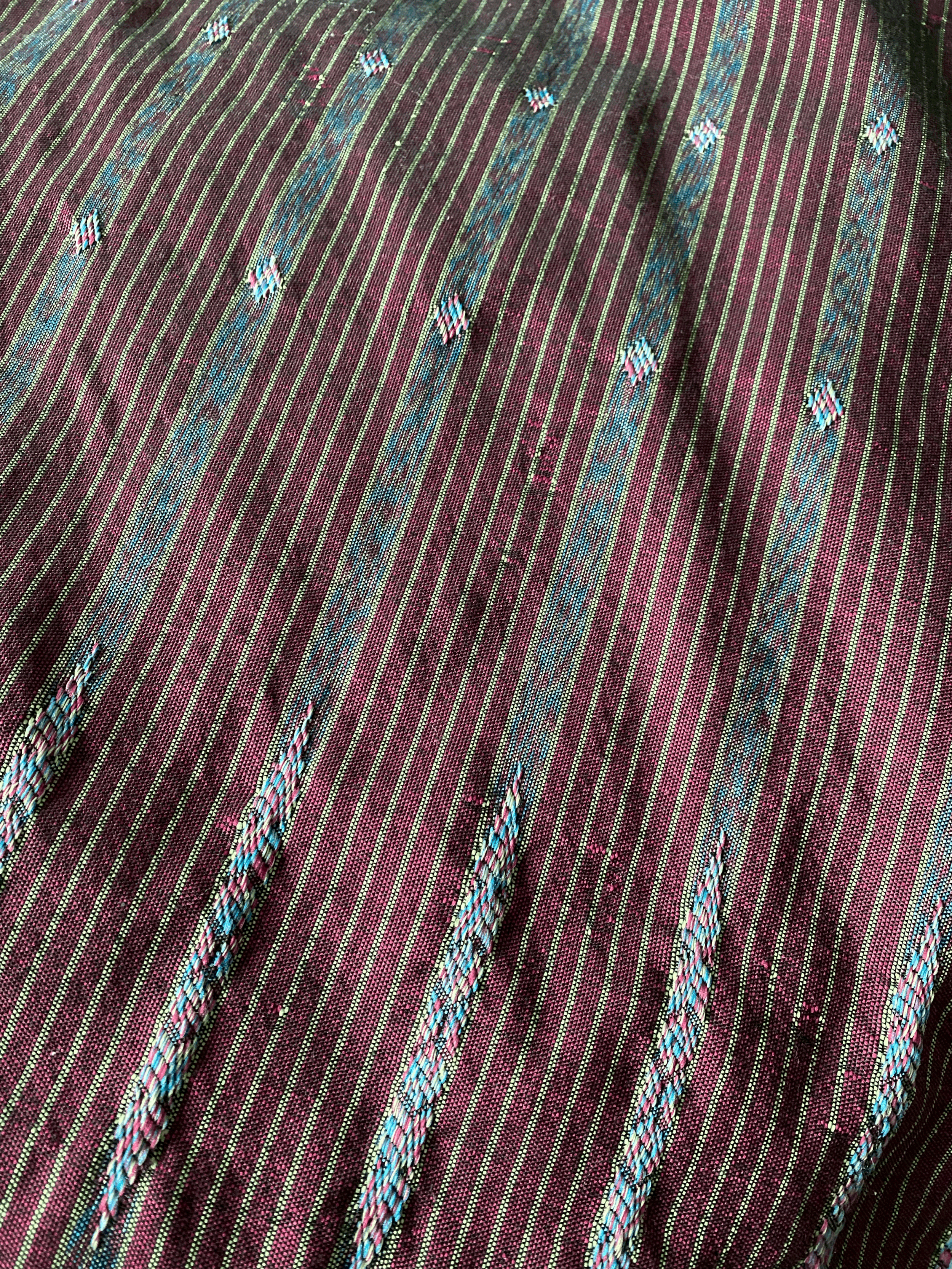
Anloin
The anloin style is woven from cotton or silk and typically characterized by its vertical stripe patterns. Cotton anloin was typically worn in the home while silk anloin was mostly worn for important ceremonies and weddings. The signature stripes of the anloin style still remains popular today.
In the early 20th century, this type of textile was favored and woven throughout Battambang.
-
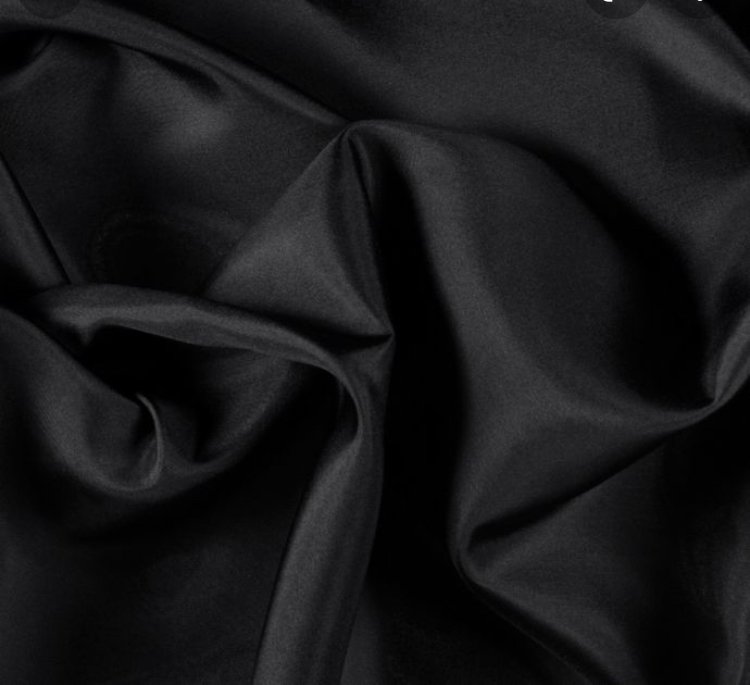
Brae
There are 4 different types of brae. For this we will talk about Khmer Brae (also known as brae leat) which generally did not have patterns and is woven out of silk that hasn’t been boiled or dyed before weaving. Once the woven fabric is completed, it is then dyed black (preferred color at the time) and this type of brae was once woven in Kandal province.
With the influx of brae from Vietnam and China during the French Protectorate, there was a decline in Khmer brae and since then, brae weaving production has not been able to recover.
For Further Reading
Seams of Change: Clothing and the Care of the Self in the Late 19th and 20th Cambodia
By Narin Chea, Sopheary Chea, Sonine Kem and Chanmara Preap
The Pocket Guide to Cambodian Silk
By Cornelia Bagg Srey
